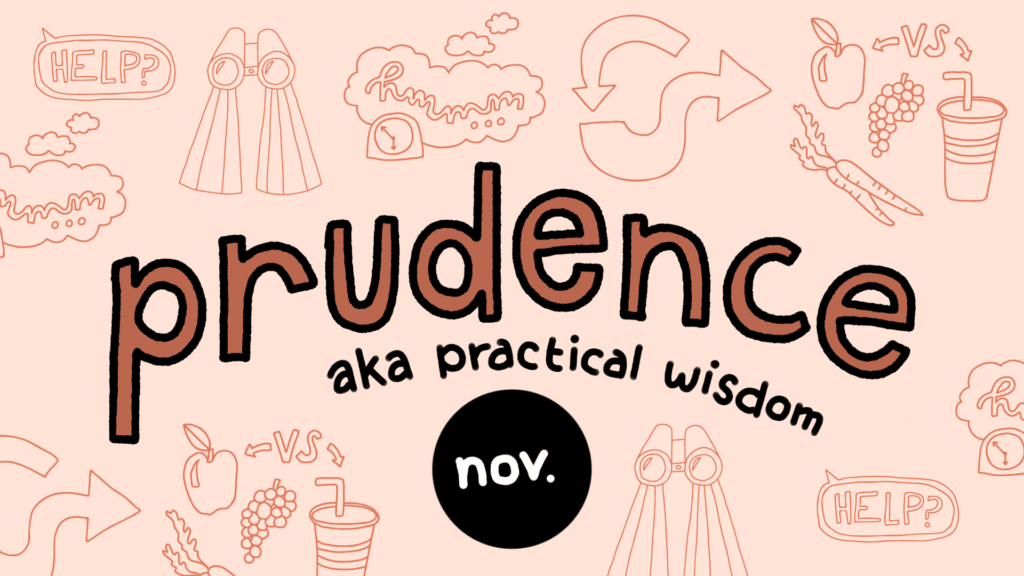Digital media can be a source of education or ignorance, connection or isolation, growth or depletion. We want to continue the conversation about technology use between students, parents, and teachers and examine if the ways we use technology forge character, foster wisdom, and facilitate lifelong learning.
SLOCA is only a small part of your student’s life; what happens at home makes an even bigger difference. This blog series, TECH TOPICS, is intended to present you with information we feel can be incredibly impactful, raise awareness, and prevent complacency. Not only that, we hope these posts can provide ideas for positive ways to use technology: we are tech-mindful, not anti-tech. We encourage you to look at the research, consider your own values, and develop an intentional framework for technology use as a family. And lean on our community for support, ideas, and help!
In this blog post, we will explore the importance of play (at all ages, even adults!) and the false assumption that experiences are safer online than out in the real world.
Safety Myth
Take a moment to picture two different scenarios:
- A child snuggled up on a beanbag in their room, on their tablet or phone, quietly spending the afternoon alone.
- A child riding their bike to the park from their house with a group of friends, making spontaneous stops at spots where there seem to be good bike jumps, and maybe even a quick stop at 7-11 for a Slurpee before the group heads back home.
If you’re being honest with yourself, which scenario feels “safer” to you? Which one would you be inclined to choose for your child?
The reality is that many modern parents are unwilling to let their child ride a bike down the street, but will let them scroll unsupervised for hours. We will dive deeper into some of the specific dangers of unsupervised tech in a later post. This time, we’ll focus on the drastic decrease in active, creative play, and why this is causing physical, emotional, and developmental damage.
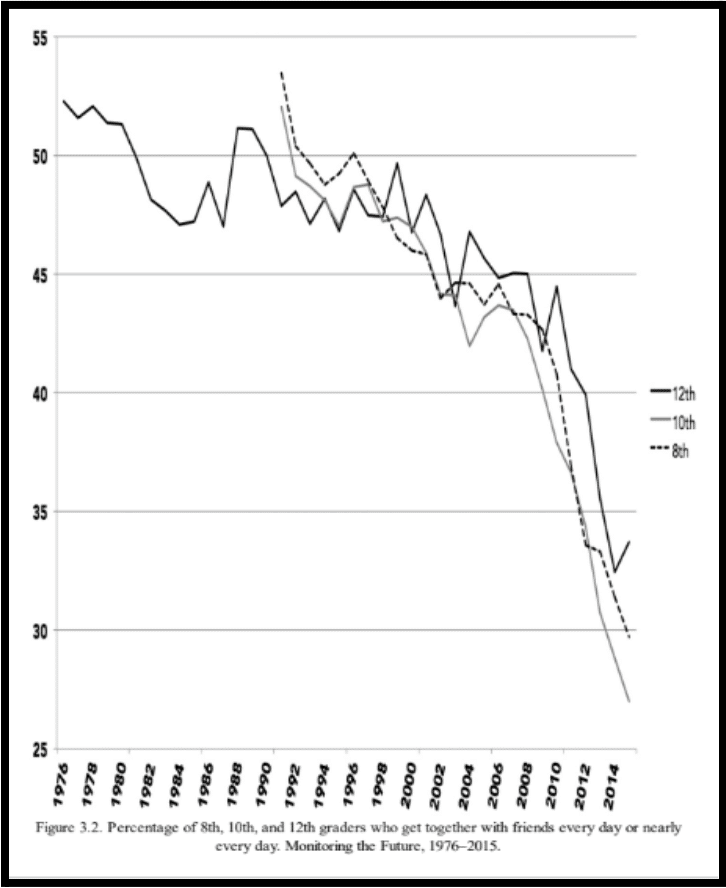
The central claim made in The Anxious Generation, one of the books we draw much of this research from, is that overprotection in the real world and underprotection in the virtual world are the major reasons why children born after 1995 became the anxious generation. While the move toward overprotection in the real world has been developing for years (before smartphones) and has many causes (ie. increased focus on academic performance, constant news cycle creating more fear), one major factor is the move toward safetyism in parenting.
“The worship of safety above all else is called safetyism. It is dangerous because it makes it harder for children to learn to care for themselves and to deal with risk, conflict, and frustration….Fearful parenting keeps children on the home base too much, preventing them from having the experiences they need to grow strong and develop a secure attachment style.”
-Jonathan Haidt
In a well-intentioned quest to protect, a surge of fear has emerged in the mind of the modern-day parent – leading to unprecedented levels of safetyism, and our kids’ subsequent mental health fallout.
“As an increased focus on academic performance led to more time in school and doing homework, kids had less recess and outdoor time. The desire to protect children from all possible dangers has led to children’s increased time at home or in adult-run activities. But good intentions have seriously hampered children’s abilities to develop the resources required to face life with equanimity. As the culture has increasingly restricted when and where kids can play and roam on their own, the mental health repercussions have been ugly.”
Gray & Skenazy, The Importance of Play for Raising Independent Kids
There is an incredibly important aspect of a child’s development: PLAY.
Play + Developmental Concerns
What happens when the cornerstone of a healthy childhood, play, is undermined by screens? Play has been recognized by the United Nations High Commission for Human Rights as a right of every child–it’s that important! Childhood serves so many crucial developmental purposes–a phone-based childhood snatches away those opportunities to develop.
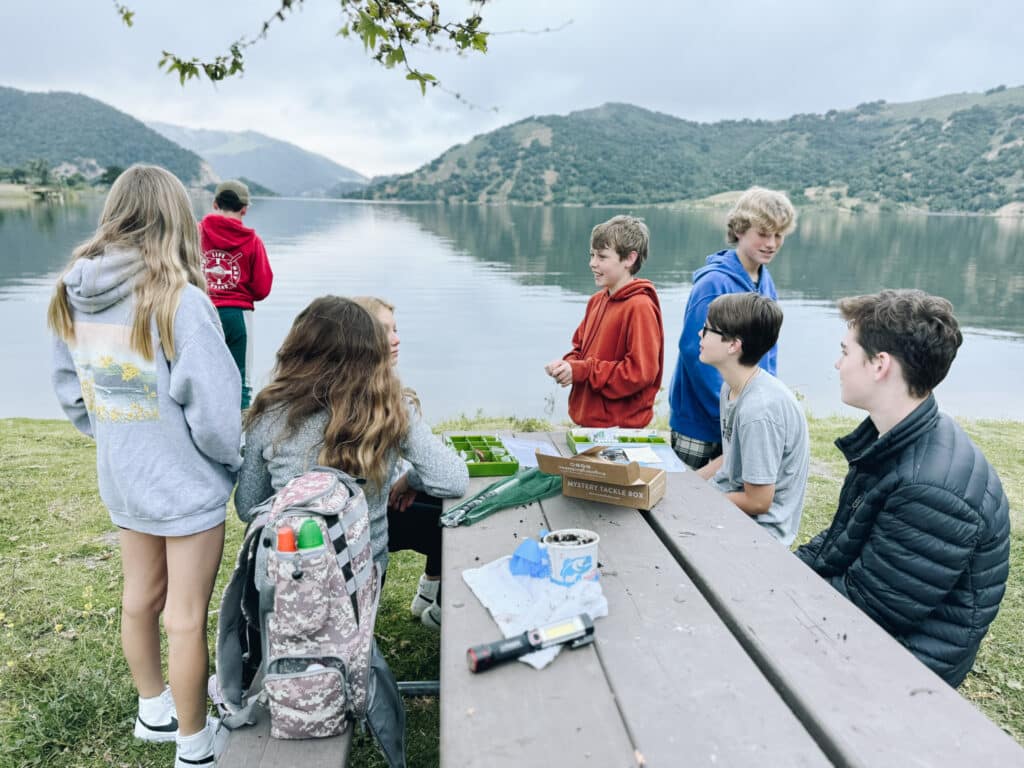
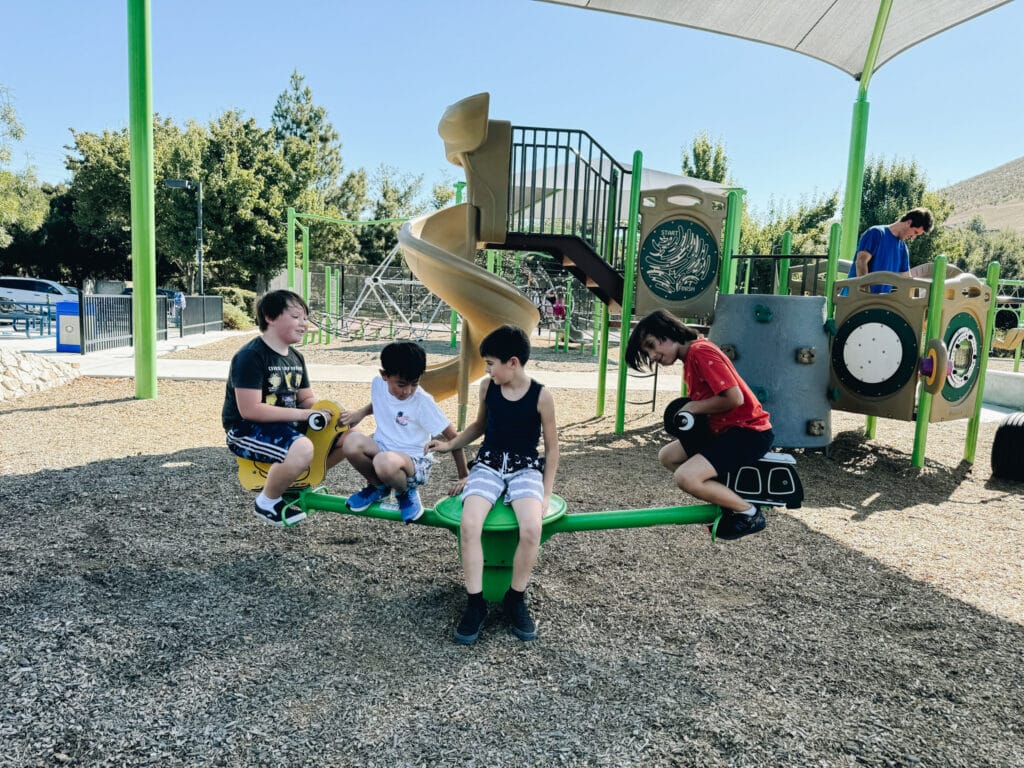
“Unsupervised outdoor play teaches children how to handle risks and challenges of many kinds. By building physical, psychological, and social competence, it gives kids confidence that they can face new situations, which is an inoculation against anxiety.”
– Jonathan Haidt
Haidt goes on to explain that children need a certain level of risk in their play, which has anti-phobic effects. By seeking risk and thrills, they can master their fears and develop competencies. This doesn’t mean that you need to sign your kids up to go sky-diving; risk and thrills come naturally to children who have the opportunity for unsupervised play outdoors.
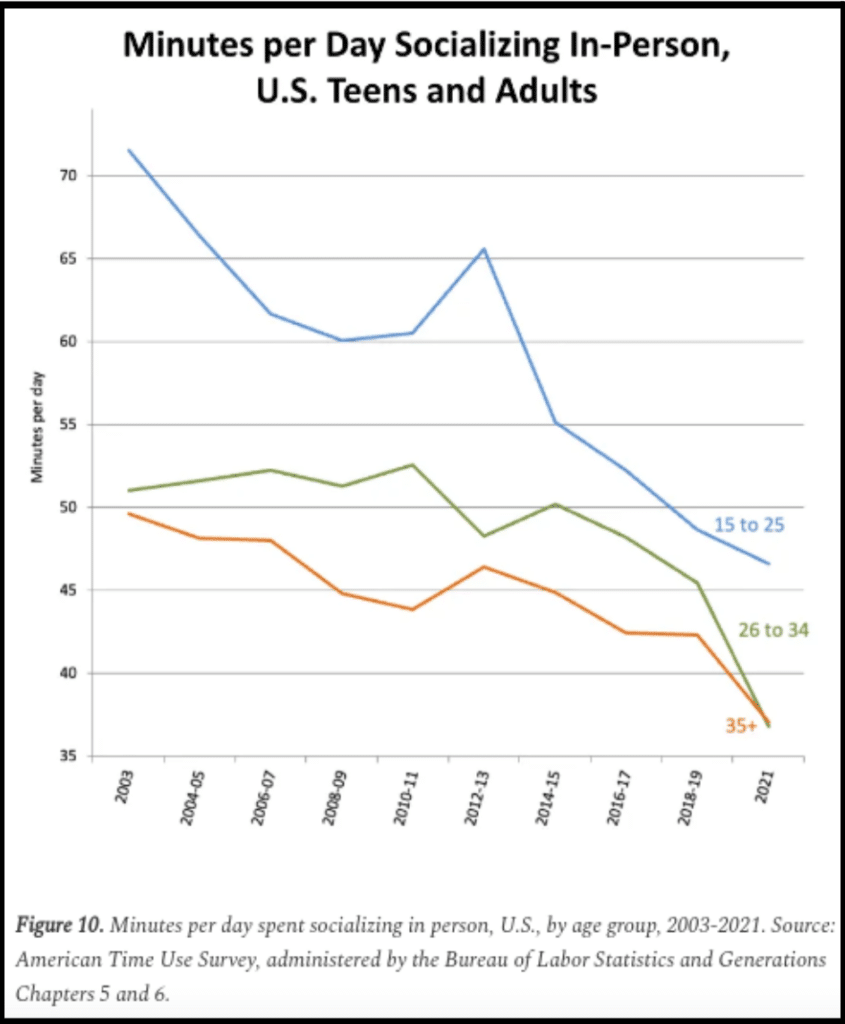
Not only is plenty of play crucial to healthy development, but the lack of play is causing children harm. A September 2023 article from The Journal of Pediatrics, summarized evidence that “a major cause of the decline in children’s mental health has been a gradual but ultimately huge decline in their opportunities to play, explore, and be a part of the world without constant adult oversight.”
“Undirected play allows children to learn how to work in groups, to share, to negotiate, to resolve conflicts, and to learn self-advocacy skills. When play is allowed to be child-driven, children practice decision-making skills, move at their own pace, discover their own areas of interest, and ultimately engage fully in the passions they wish to pursue.”
– Kenneth R. Ginsburg, writing for the AAP
At this point, you may be thinking: “Okay, I understand the research and see the harmful effects. But as a parent, this is giving me anxiety!” That is understandable! We are each unique human beings, and as such we each have a different level of comfort when it comes to taking risks. We’re not asking you to ignore your intuition or act in a way that makes you have a breakdown – but for the sake of your child’s healthy development, it’s good practice to examine if your feelings match up with reality. The risk of your child being abducted on a bike ride to a friend’s house is much smaller than the risk of them encountering online predators. Reflect on your fears, and incorporate healthy levels of risk into your family in a way that will work for you.
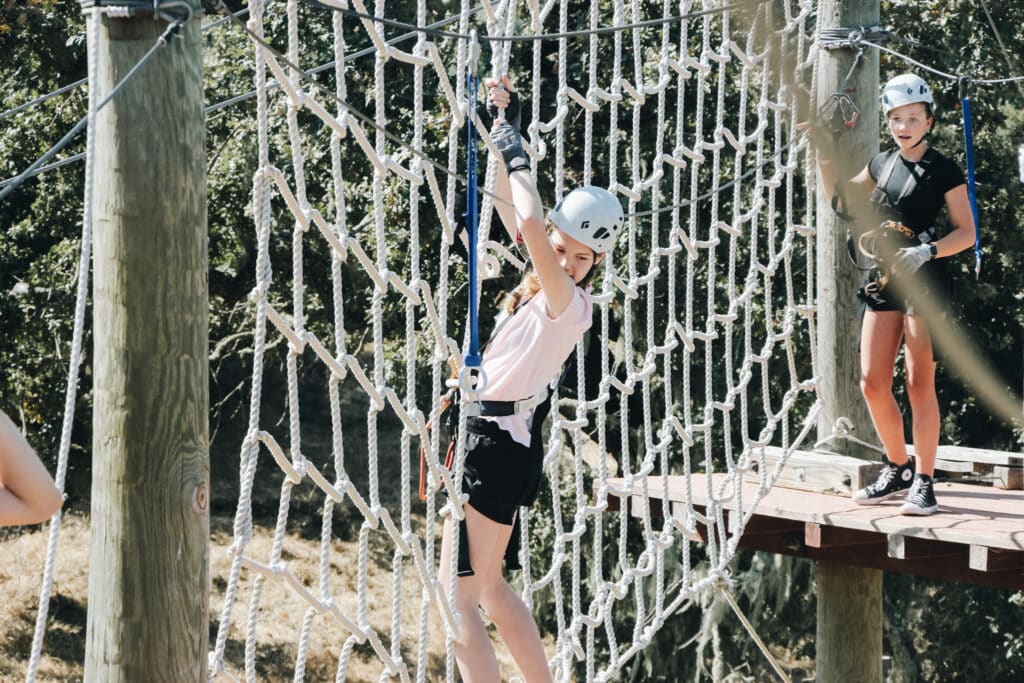
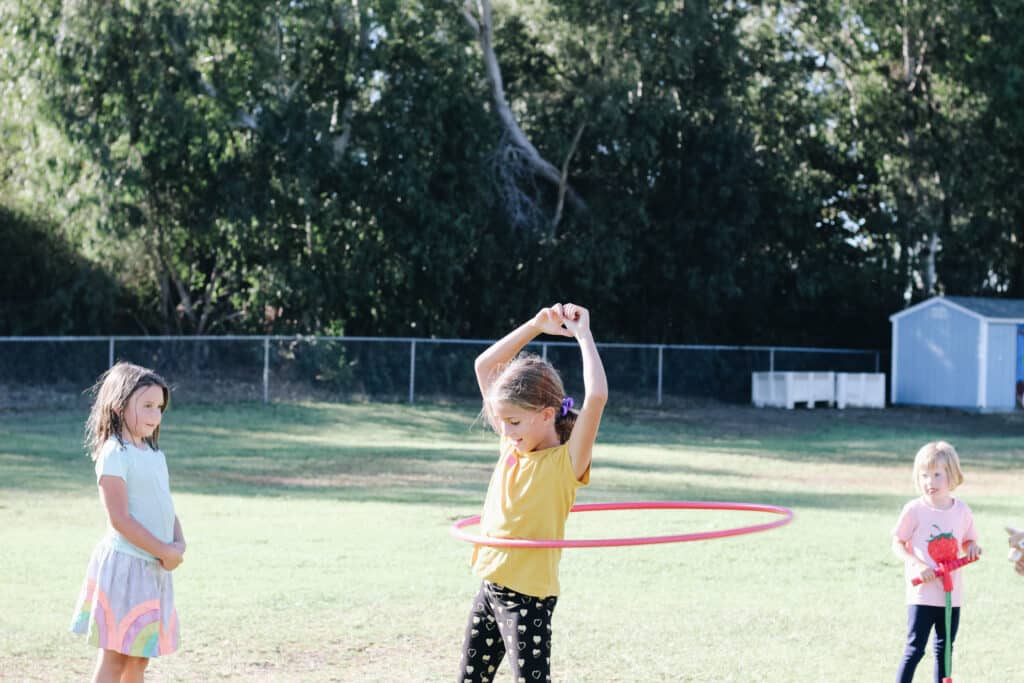
How do I do this?
We want to give our kids and young adults more opportunity to play – what does that look like? While there are plenty of resources out there to help you come up with screen-free ideas for kids and teens, we’d like to present you with a few ideas from our own SLOCA community!
- Who remembers getting Sturdy with McCurdy?! One relevant piece of advice from our speaker, Keith McCurdy, on Raising Study Kids was to give “big yes’s.” In other words, if we are saying no to something (in this case, a device), what are we saying yes to? Let’s give a BIG Yes to divert from that ‘no.’ A big yes might be relative to your circumstances – a weekend trip away together is definitely a big yes. But it could also mean going fishing together somewhere local, or going on a hike and then getting sandwiches.
- For our parents of little ones, we bring you this simple idea from a SLOCA family with Tiny and Little Wonders: the practice of quiet time. “At around 2 years old, our oldest started to have “special time” during his younger brother’s nap. I put out 4 toy stations with open-ended play options, set out a plate of good snacks, and made it into a special time that he was excited about. He got to play and do whatever he wanted and feel freedom. I set a visual timer and set it on silent mode so that if he was engrossed in play, it wouldn’t distract him. We started with just a few minutes per day, but gradually increased it to about an hour. I told myself that it was important for him to be able to feel bored and entertain himself. I still think that is an important skill and it was worth it.”
- An LMS/UMS parent helps one of her children facilitate a book club with his buddies: “Our goal was to create opportunities for the kids to connect outside of video games and social media. We had snacks that were loosely tied to the book, and also came up with fun trivia games about the books and gave prizes. Our SLOCA students are all reading great books at school, but I also wanted them to connect over good books outside of school, creating memories over books.”
- SLOCA parents of an 8th grader decided to purchase a rock climbing membership at our local climbing gym for their son: “This year, we decided to invest in a few big yes’s in our family. Our motivation came from a desire for our son to spend time with his friends learning a new skill so we invested in a membership to the pad. The opportunity to challenge himself physically while in the company of good friends made it an easy decision. Watching his skills increase as he gains confidence has made the investment worthwhile.”
- Lean into the advice of our older generation – parents, grandparents…what did they do? What did their kids do?
- Here’s a great one: riding bikes! At every age and stage! Need we say more?
Discussion
- Do you feel fearful when letting your child play independently? Is this a logical fear? What risks or Big Yes’s can you (or do you) offer your child at their current age?
- What about this blog post challenges you the most? Safetyism? Fear-based parenting? Wondering what your kid would do if you took away their device?
Modeling
- Do you hide behind a screen because it feels safer than going out?
- What Big Yes’s are you giving to yourself or what healthy risks are you taking?





